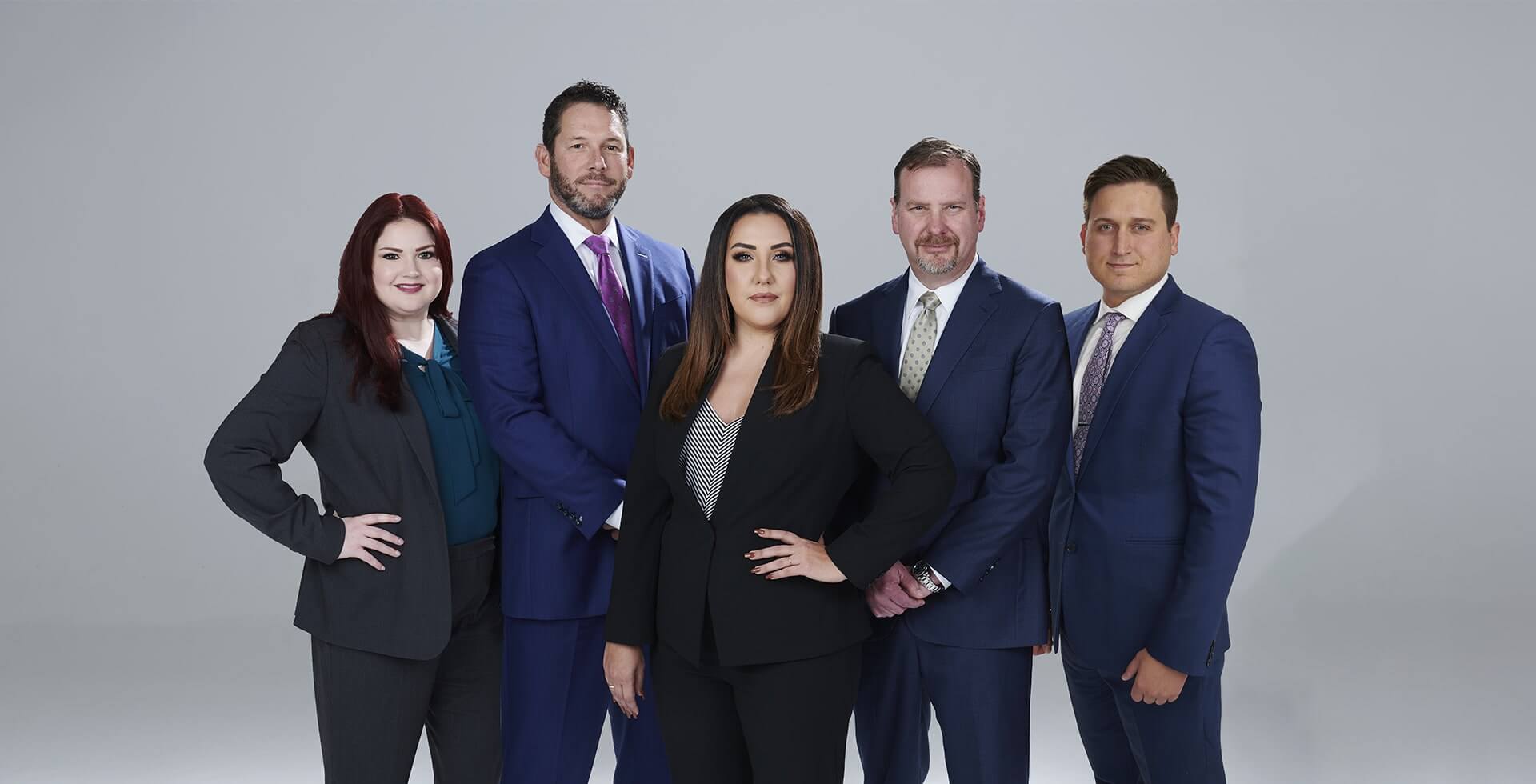
Most people stress their desire for a healthy baby. Unfortunately, not everyone is so lucky. Some deliveries do not go as planned and sometimes babies are born with birth injuries. One such condition is called Hypoxic-Ischemic Encephalopathy (HIE).
HIE is a type of brain damage found in newborns that is caused by oxygen deprivation and limited blood flow.
HIE is also commonly referred to as birth asphyxia, perinatal asphyxia, and neonatal encephalopathy.
Symptoms of HIE include the following:
HIE can be caused by many different medical complications around the time of birth. In many of these cases, the cause is medical malpractice.
Medical malpractice occurs when doctors fail to identify potential issues or fail to intervene when serious problems are present.
Examples of medical malpractice causing HIE include:
HIE can lead to the development of permanent health conditions and disorders, such as:
These conditions and disorders are often not evident immediately after birth since the damage may not become apparent until a child shows developmental delays and because brain injury from HIE is a process that evolves over time.
Unfortunately, once brain damage has occurred there is no existing cure. The good news is that there are various therapies and treatments that can help to improve the symptoms of HIE.
HIE can be managed using a treatment called therapeutic hypothermia, in which a baby’s body or brain is cooled down below normal temperature in an effort to slow widespread damage by slowing the rate at which oxygenation occurs. (Rapid oxygenation can cause more inflammation and make matters worse.
) This treatment must be given within six hours of birth.
Graves McLain Can Help.
If your child has suffered a birth injury, contact the attorneys at Graves McLain.
We have substantial experience in representing difficult, often complicated medical malpractice cases.
There is no charge for Graves McLain to review your case.
If we represent you, we will handle your case on a contingency fee basis. Call the experienced attorneys at Graves McLain at 918-359-6600 today.
Graves McLain, Serious Lawyers for Serious Injuries

When injury victims need a law firm with a reputation for excellence, turn to Graves McLain Injury Lawyers. We are a top-rated personal injury firm determined to be the best. With decades of award-winning representation, our clients recover the compensation they need to put their lives back together.